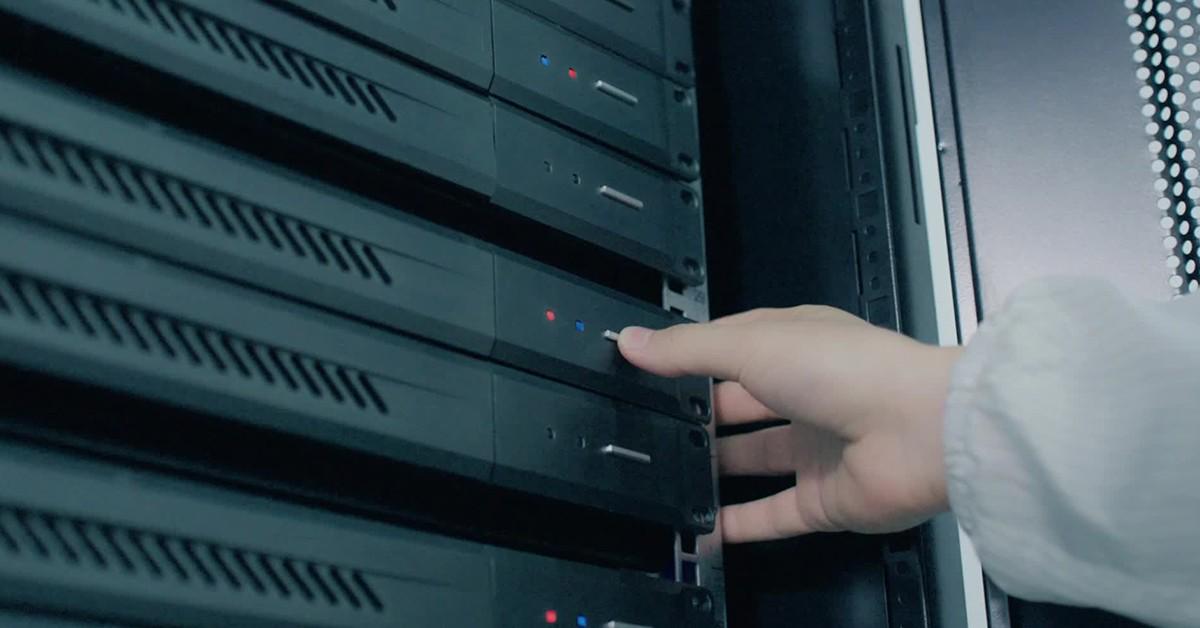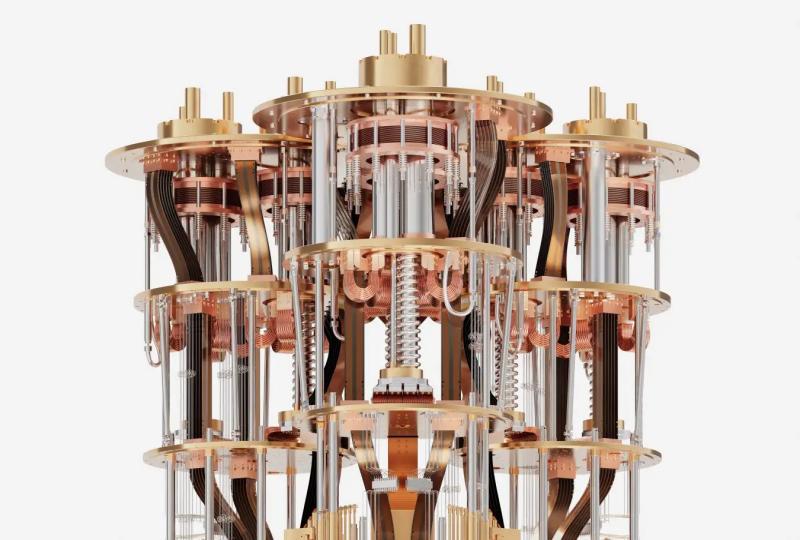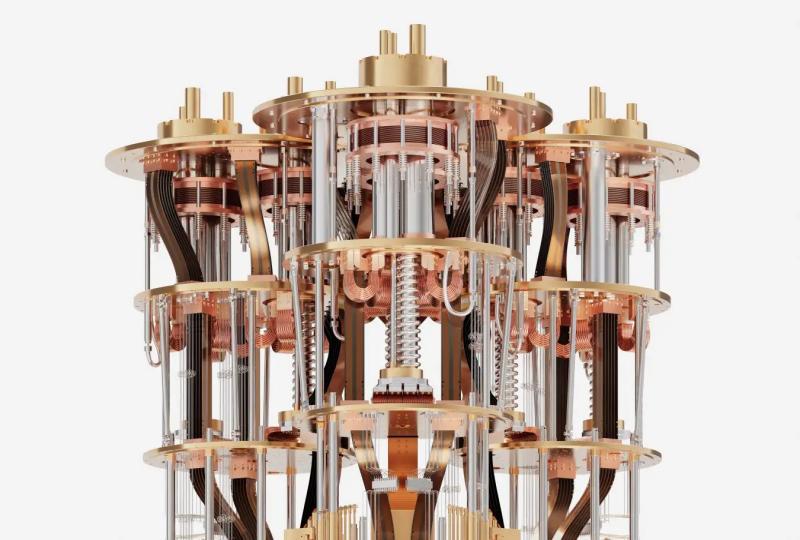How to Build A Quantum Computer? Step-by-Step Guide
2025.01.22 · Blog quantum advantagequantum readyquantum supremacy
Want to build a quantum computer? Curious about how to build or DIY one at home or understand the fascinating process behind its creation?
Whether you're an enthusiast, a student, or simply fascinated by the cutting-edge world of quantum computing, this ultimate guide will walk you through everything you need to know about building a quantum computer. From the fundamental principles to the practical challenges, discover what it takes to build a quantum computer.
How to Build a Quantum Computer? Your Complete Step-by-Step Guide
Building a quantum computer involves several complex steps, requiring expertise in quantum mechanics, computer science, electrical engineering, and various other fields.
Below are the key components and steps needed to build a basic quantum computer:
1. Choose a Quantum Computing Model
Here are some of the most widely used quantum computing models:
Superconducting qubits: These qubits are made from superconducting circuits and are controlled by microwave pulses. This is the approach used by companies like SpinQ, IBM, and Google.
Trapped ions: Individual ions are trapped using electromagnetic fields and manipulated with lasers to perform quantum operations.
Photonic qubits: Quantum states are encoded in photons, and quantum operations are performed using optical elements.
Topological qubits: This approach leverages quantum states that are resistant to local disturbances, aiming to make qubits more stable.
2. Create Qubits
Qubits are the fundamental units of a quantum computer. The choice of qubit technology (e.g., superconducting qubits, trapped ions, photonic qubits) will determine the approach for their creation. Each qubit should be:
Quantum coherent: The qubits need to maintain their quantum state for a long enough period to perform quantum calculations.
Entangled: One of the key aspects of quantum computing is entanglement, where qubits can be correlated in a way that their states depend on each other.
3. Quantum Gates and Circuits
A quantum computer performs operations using quantum gates, which are analogous to classical logic gates but work on quantum bits. The quantum gates manipulate the qubits to perform quantum algorithms.
Single-qubit gates like X, Y, Z, Hadamard, and Phase gates modify the state of a single qubit.
Multi-qubit gates like the CNOT (Controlled NOT) gate entangle multiple qubits and enable more complex operations.
4. Quantum Control Systems
Quantum computers require advanced control systems to manage qubits and quantum gates. These systems include:
Signal generation and amplification for manipulating the qubits using electromagnetic pulses or lasers.
Cryogenics (for certain qubit types): Superconducting qubits require extremely low temperatures (near absolute zero) to operate, so cryogenic systems (such as dilution refrigerators) are necessary.
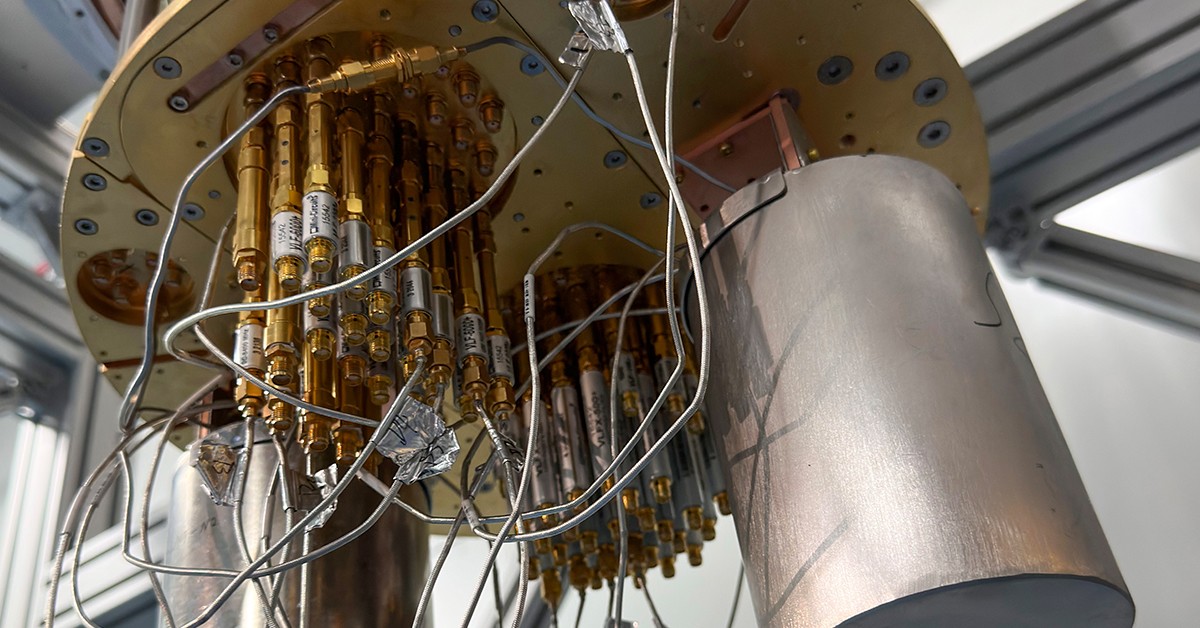
5. Quantum Error Correction
Quantum systems are highly susceptible to errors due to decoherence and noise from the environment. Implementing quantum error correction is essential to ensure reliable computation.
Various error correction codes are used, such as surface codes or concatenated codes, but they require additional qubits and operations, which makes the system more complex.
6. Quantum Algorithms
After building the hardware, quantum algorithms are the next step. Famous quantum algorithms include:
Shor's algorithm for factoring large numbers, which has implications for cryptography.
Grover's algorithm for searching unsorted databases more efficiently than classical computers.
Algorithms for simulation of quantum systems, optimization problems, machine learning, etc.
7. Develop Quantum Software
Software frameworks, such as SpinQit (SpinQ), Qiskit (IBM), Cirq (Google), provide programming environments for writing quantum algorithms. These tools allow you to simulate quantum circuits before implementing them on actual quantum hardware.
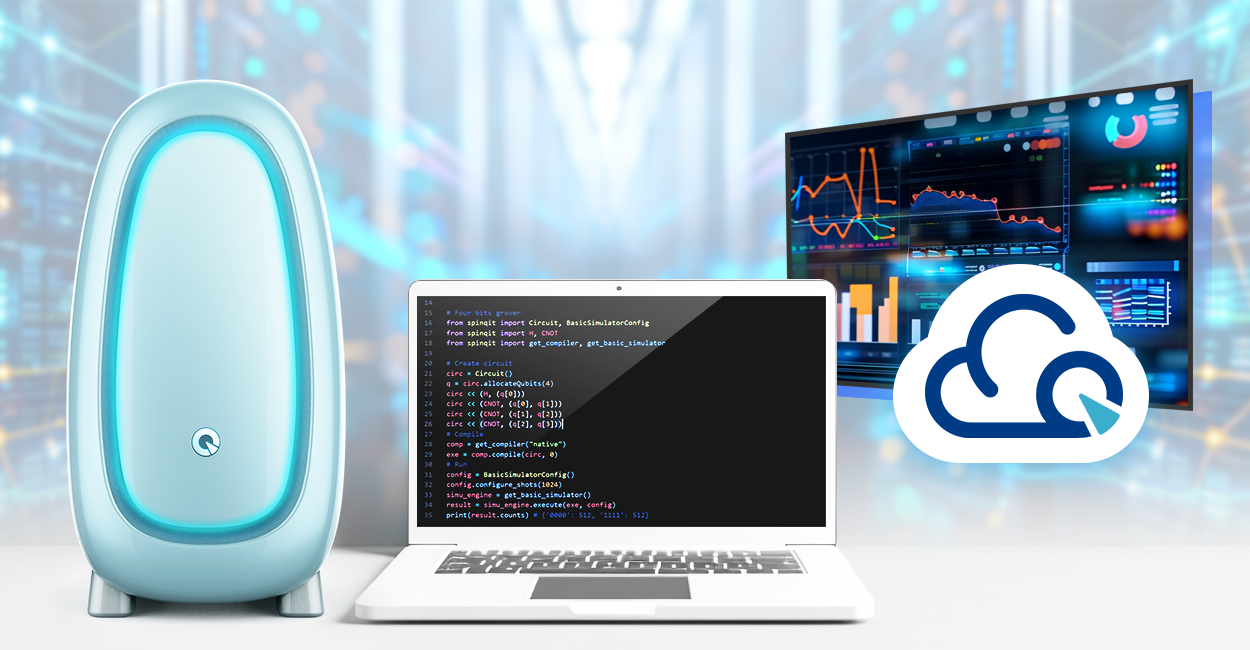
8. Testing and Scaling
Testing is crucial in a quantum computer, as errors are common, and even small imperfections can lead to incorrect results. The process involves verifying that the qubits behave as expected and running small test programs to ensure that they operate within the desired tolerance.
Scaling quantum computers involves adding more qubits and ensuring that they can maintain coherence over time, which is a significant challenge.
9. Interfaces and Connectivity
Once the quantum computer is functional, it must be connected to classical computers for input/output operations. Quantum computers require classical systems for handling communication, controlling qubit manipulation, and processing results.
Challenges in Building Quantum Computers
Quantum decoherence: Qubits lose their quantum state due to interactions with their environment.
Scalability: It's difficult to build large-scale quantum computers, as adding qubits often increases the complexity and likelihood of errors.
Error rates: Quantum gates need to be applied with high precision, and any error can compromise the outcome.
Building a quantum computer is a multidisciplinary endeavor, combining quantum theory with cutting-edge engineering. Each quantum computer design has unique challenges and trade-offs, depending on the qubit technology and the specific goals of the quantum machine.
Can I Build a Quantum Computer at Home?
In short, no, you cannot build a quantum computer at home due to the complex hardware and specialized equipment required, such as cryogenic systems, lasers, and high-precision control mechanisms. These systems need to be operated in controlled lab environments, and the cost and expertise involved are beyond home setups.
However, if you're interested in simulating quantum computing and experimenting with quantum algorithms, you can build a quantum "computer" at home using quantum simulators like SpinQit or accessing cloud-based quantum computing platforms.
Here are the basic steps:
1. Install a Quantum Computing Programming Framework like SpinQit
2. Start Writing Quantum Algorithms
3. Use Cloud-based Quantum Computers
4. Experiment with Quantum Simulators
While you can't build a real quantum computer at home, you can gain hands-on experience with quantum algorithms, quantum circuits, and quantum simulations. This is the most practical approach to quantum computing for hobbyists and students.
How Long Does It Take To Build a Quantum Computer?
The timeline to build a quantum computer depends on the specific type of quantum computer and its intended use (e.g., research, commercial, or scalable systems).
However, building a fully functioning, large-scale quantum computer is still in the early stages.
Short-Term (2-5 years): For small-scale, specialized quantum computers or prototypes, such as those developed by companies like SpinQ, and IBM, it could take 2 to 5 years to refine and improve the existing systems, especially for educational quantum computers or cloud-based applications.
Long-Term (10+ years): Building a truly large-scale, fault-tolerant quantum computer capable of outperforming classical computers (known as "quantum supremacy") may take 10 or more years.
Many experts believe that scaling quantum computers to solve practical and complex problems will require significant advancements in quantum error correction and qubit stability.
How Much Does It Cost to Build a Quantum Computer?
The cost of building a quantum computer is currently extremely high due to the specialized equipment, technologies, and expertise required.
Small-Scale Quantum Computers (Research and Prototypes):
These can cost anywhere from several million to tens of millions of dollars, depending on the qubit technology (e.g., superconducting qubits, trapped ions), as well as the complexity of the system (including control and measurement systems, cryogenics, and lasers).
Large-Scale Quantum Computers:
A fully operational, large-scale quantum computer with thousands of qubits and advanced error correction may cost hundreds of millions of dollars to develop and maintain. The associated costs include not only hardware but also the labor involved in designing, testing, and scaling the quantum system.
Ongoing Operational Costs:
Additionally, maintaining quantum computers is expensive. For example, superconducting qubits require cryogenic environments (extremely low temperatures) which can be costly to operate and maintain.
For an extensive overview of quantum computer prices and costs, refer to our specialized guide!
Featured Content


